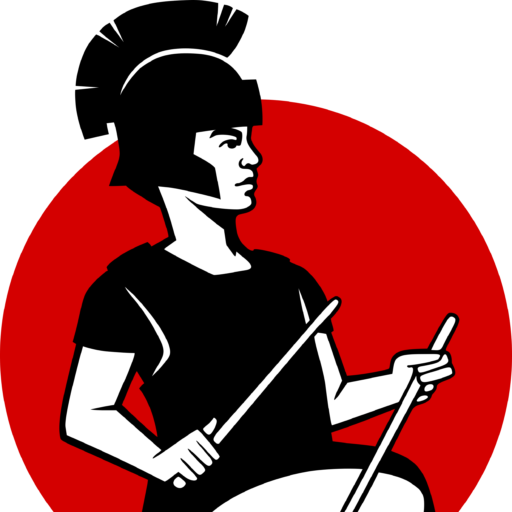
Hello fellow gamers!
The Ancient Mediterranean Seas! An epoch full of myths. Endless coasts to be discovered and conquered. But the ancient empires were also Empires of trade and commerce in search of rare goods and grain to feed their people at home. Here it is: The game series that covers this fascinating era. Move your armies and ships over a vast map and lead your empire to the Golden Age.
Connect with us on Facebook, Instagram, Twitter or subscribe to our newsletter here at soundofdrums.org to be informed about the start of the crowdfunding campaign.

In today’s release we thought it might be interesting to show how a map develops from scratch to the final version.
“History of the Ancient Seas” is a huge project because we wanted to design three games at the same time that cover this fascinating epoch. Back in 2018 we started playtesting with maps that were hand drawn by me. Crude colored pencil on white paper. It was a long way from there to the beautiful and huge (ca. 110 x 86 cm) mounted map you receive with “Mare Nostrum”.





You can imagine the amount of work, energy and creativity that goes into developing detailed, functional and more importantly eye-pleasing maps required by the graphic artist. The first sketches we received by a graphic artist we hired, didn’t please us. We decided to look for another artist and we met Marc. He did an incredible job on all maps of the game series!
The first step is to decide which color palette you want to use. We knew there will be colorful playing pieces on the map. So, the map needed to be decent.

The hexes and coastlines must be functional but the map still has to be recognized as the Mediterranean Sea. To portray movement, we wanted to go with hexagons. And here, the decision was taken to use the so called “crow feet”. We think we gain a lot of aesthetics by using these.
One of the big challenges was to determine which important ancient cities to portray and where exactly do we place them? For game mechanic reasons it was sometimes necessary to place a city a hex or two away from its historical site.
A special task in this context is the Aegean Sea. There are more than 3000 islands in the Aegean Sea. We needed to decide which islands are historically relevant. Of these we had to choose the islands we wanted to be actually on the map. We needed to make many compromises. Our Greek friends will eventually miss their island on the map, sorry for that!!


Think about the cities and in which language we wanted to name them. We decided to use Latin. Simply because every city in the Mediterranean Sea has a Latin name.
Another interesting process was the placing of charts and tables on the map in areas that are not necessary to play the game. How do best use the map space? In course of the development and design of the map the positions of almost all tables did their own little journey in the ancient Mediterranean sea.
These maps went a long way and we are very happy with the results! Let us know what you think!
Take care and thanks for your interest in our games! See you in the next blog post,
your Uwe Walentin.

The “History of the Ancient Seas” Kickstarter campaign was successfully funded!





